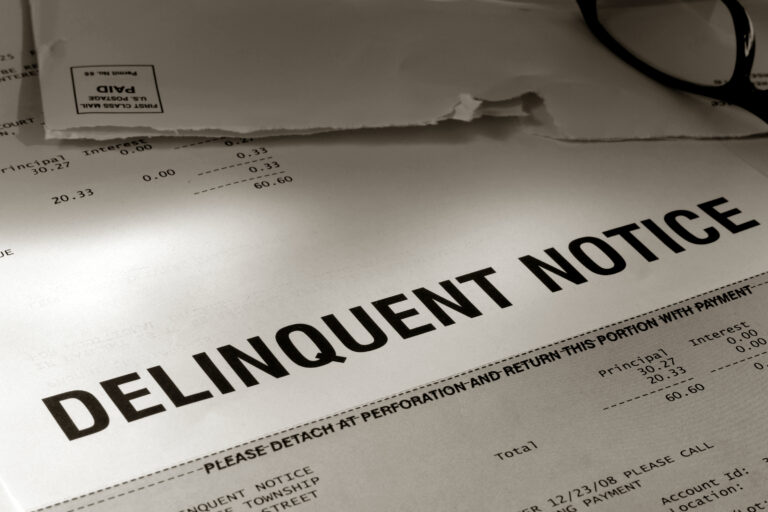Quick Response codes – commonly known as QR codes – were created over 25 years ago to solve a manufacturing problem. A Japanese Toyota subsidiary was struggling to track parts in its manufacturing facility, creating the need for a kind of barcode that could store more information. QR codes took the basic idea of the barcode, but expanded the data capacity a hundred times over, without taking up additional space. It was the perfect solution for this problem – and unintentionally, many others.
What are QR Codes?
QR codes are machine-readable, two-dimensional barcodes that can encode up to 4,000 letters and be read by virtually any smartphone. They are made up of a collection of black squares and dots that represent specific pieces of information. A reader then scans and translates the code into something readable, like a web page.
Scanning is often instantaneous, making them valuable for instant transactions, and creating one is simple. There are dozens of free QR code generators available right now.
How is the Financial Industry Making Use of QR Codes?
You have probably scanned QR codes off of a box, store display or to read a menu during the COVID-19 pandemic. However, increasingly the financial and payments industry are making use of them as well, providing an easy way to make and track payments. For B2C companies, this eliminates the need for point of sale technology. For B2B operations, this means direct payments, bypassing third-party payment providers.
Both merchants and customers frequently use them, especially in regions where mobile payments are ubiquitous. For businesses, they simply print their own code and enable customers to pay through it. For customers, they select the items they wish to purchase through a website or app, a custom code is generated and they are able to pick up their items by scanning that code.
B2B companies would be able to save money on third-party fees, avoid hosting sensitive customer data and potentially streamline invoicing.
How do QR Invoicing and Payments Work?
QR codes are increasingly being included on print, PDF or digital invoices to speed up the payment process. This speeds the payment process and helps reduce issues like forgotten passwords, the impact of employee turnover or human error. All the payments department has to do is scan the code on the invoice and confirm payment.
The flexibility of QR codes means that large amounts of data may be included in the code.
COVID-19 has pushed businesses towards a contactless environment, making QR payments a new normal for everyday payments. In response to the pandemic, PayPal rolled out QR code technology in 28 markets, making socially distant in-person shopping easier to manage. Apple has announced that they will do the same with Apple Pay.
Much like other forms of mobile payments, this shift in thinking at the consumer level could impact how businesses operate. Widespread acceptance of QR payments (outside of regions where it’s already the norm) would necessitate businesses to adopt this new standard, or risk unhappy customers.
QR Codes for Contactless Data Collection
Many businesses and organizations are looking for contactless methods to collect data from customers. QR codes for online forms can make this process seamless for customers and efficient for your organization.
The QR code is a matrix barcode that users can scan with a smartphone camera. The code will automatically direct the user to a specific web page, making them useful in situations where handling paper isn’t an ideal option.
Security Implications of Using QR Codes
As with most forms of digital payments, there are security concerns with QR codes. In China, where QR codes are among the most frequently used payment technology, scammers are looking for new ways to syphon funds and have found some success with copying customer payment codes. Changing codes on displays is also a frequent method.
That’s less of a concern for business payments, however. While most common point of sale payments use a static QR code, a dynamic QR code is more appropriate for invoicing and provides an added layer of security.
Dynamic codes are editable and include the ability to restrict access to certain users, password protect sensitive information, track logins and more. They’re more appropriate for invoicing and can be used for a one-time purchase or a regular customer.
For businesses, there’s also the reduced burden of holding sensitive customer data. Cybersecurity concerns are greatly lessened when there’s less potential exposure.
Longevity and Adoption of QR Codes Within the Financial Industry?
China, the largest mobile payment market in the world, has already adopted QR code payments as a standard. India isn’t far behind and Brazil, Japan and the EU are taking steps towards adoption. The United States is a little behind, but the long-term impact of COVID-19 on societal norms may speed things up.
The biggest question is its nearest competitor, near field communication (NFC), the technology used in Apple Pay, Google Pay and tap-to-pay credit cards. However, NFC has limitations that may put a ceiling on its growth potential:
- Fewer devices include NFC technology versus QR codes
- It requires close contact
- Security concerns during data transfers
QR codes weren’t meant to change how we make payments, but that possibility exists. Forward-looking AR departments should be mindful of how the habits of their customers are changing and be prepared to meet their new needs. COVID-19 hasn’t yet pushed the global economy to widespread adoption, but it’s given it a push.




